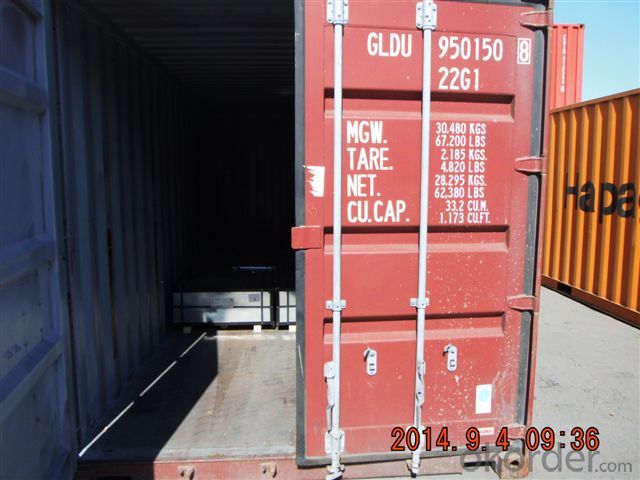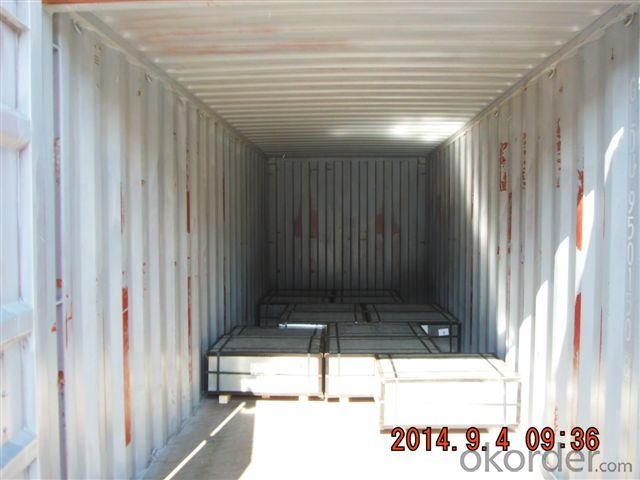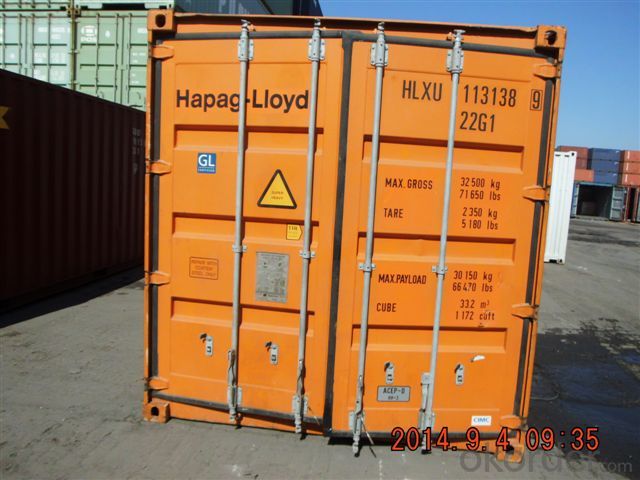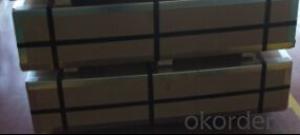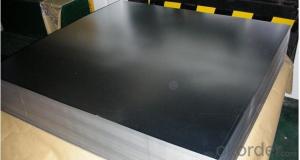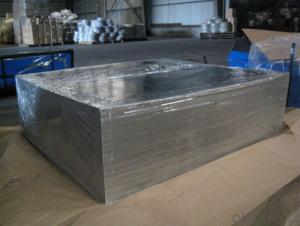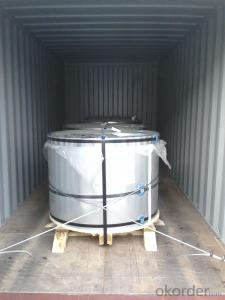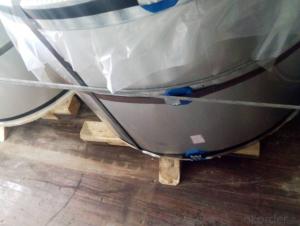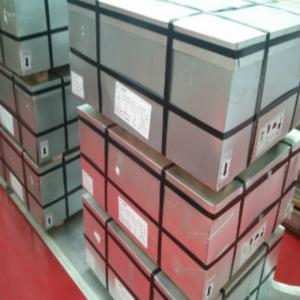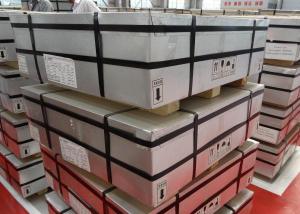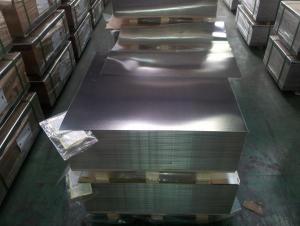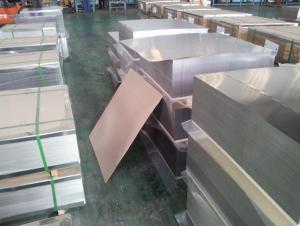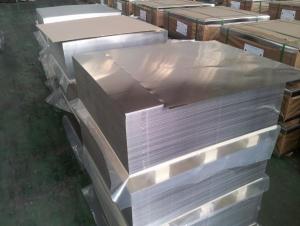ETP in MR/ SPCC Grade for Making Aerosol Cans
- Loading Port:
- China main port
- Payment Terms:
- TT OR LC
- Min Order Qty:
- 25 m.t.
- Supply Capability:
- 30000 m.t./month
OKorder Service Pledge
OKorder Financial Service
You Might Also Like
1. Products: Tinplate
Tinplate and TFS are widely used for making all types of containers such as artistic cans, tea cans, painting cans, chemical package cans and metal printing etc. Its applications are not limited to containers; recently, they have also been used for making electrical machinery parts and many other products.
2. Specification:
Our goods enjoyed high quality both at home and abroad. We can supply tin free steel as follows:
Technical standard | JISG3303 and GB/T 2520-2008 |
Steel Type | MR / SPCC |
Thickness | From 0.15mm to 0.50mm (Tolerance +/- 0.01mm) |
Width | Normally 600-1050mm (Tolerance +3/-0 mm) |
Coating | 2.8/2.8g/m2 , 2.8/5.6g/m2 ,1.1/1.1 g/m2 |
Temper & Annealing | T1-T5, DR7-8, TS230-TH435, T49-T65(+/- 4) |
Surface Treatment | Bright & Fine Stone & Stone & Silver & Matt |
Payment terms | Letter of Credit (L/C), Telegraphic transfer (T/T) |
Price terms | CFR & CIF price term |
Delivery time | Within 60 days after received L/C or T/T down payment |
Packing | High quality shipping packing which contains thin plastic film, rust-proof paper, metal cover, metal angles and strap sand pallet. |
Minimum order Quantity(MOQ) | 25 metric tons (1X 20'' container) |
3. Pictures:
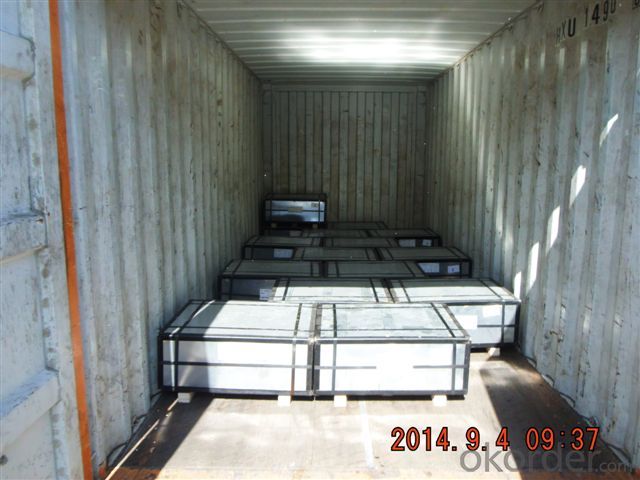
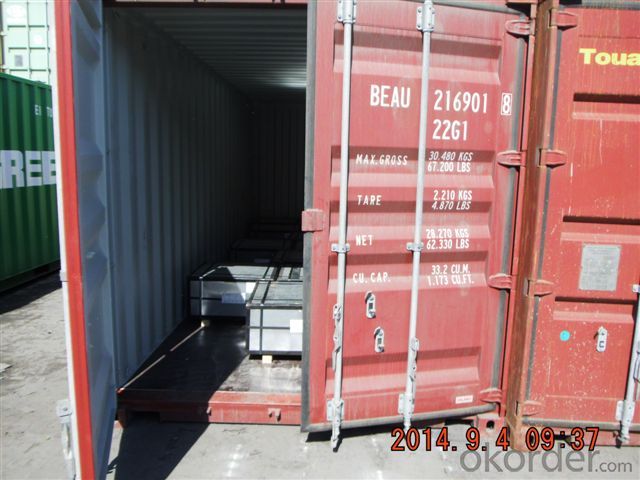
4. Features of the factory price/ tin free steel/tinplate/tfs/tmbp/etp/spte:
Beautiful Appearance
Excellent Paintability & Printability
Excellent Formability & Strength
Excellent Corrosion Resistance
Excellent Solderability & Weldability
5. FAQ:
We are one of the main producers in China for tinplate, tin free steel and also TMBP. At present, our productivity is more than 450000 MT/year.
For more information about our products or company, pls contact us freely.
Welcome your enquiries and orders.
- Q: What are the different types of tinplate?
- There are generally three types of tinplate: Single Reduced (SR), Double Reduced (DR), and Electrolytic Tinplate (ETP).
- Q: What is tin plate?
- The two is the substrate thickness of tin, Kunshan Ming Jing Da metal materials Co. Ltd. is a domestic joint-stock enterprises, the company main products: precision stainless steel strip SUS304, SUS301, SUS430; tin (SPTE) (SPCC); cold rolled, galvanized, hot galvanized (SECC) (SGCC) and other metal materials. The company's wholesale, retail, processing, distribution and integration of business models to better meet customer needs.
- Q: Can tinplate be used for pet food packaging?
- Yes, tinplate can be used for pet food packaging. Tinplate is a commonly used material for food packaging due to its durability, corrosion resistance, and ability to preserve the quality and freshness of the contents. It is also safe for storing and packaging pet food products.
- Q: What are the cleaning agents suitable for tinplate?
- Some suitable cleaning agents for tinplate include mild dish soap, vinegar, and baking soda. It is important to avoid abrasive cleaners or harsh chemicals that can damage the tinplate surface.
- Q: What are the different thickness options for tinplate?
- The different thickness options for tinplate typically range from 0.13mm to 0.49mm, with various options in between.
- Q: What are the advantages of using tinplate for stationery?
- There are several advantages of using tinplate for stationery. Firstly, tinplate is highly durable and resistant to wear and tear, ensuring that stationery items made from it can withstand frequent use without easily getting damaged. Secondly, tinplate has excellent corrosion resistance, preventing the formation of rust or degradation over time. This makes it ideal for long-term storage of stationery items. Additionally, tinplate is lightweight and easy to handle, making it convenient for transportation and use. Lastly, tinplate can be easily decorated with vibrant colors and designs, enhancing the aesthetic appeal of stationery products.
- Q: Is tinplate safe for contact with skin?
- Yes, tinplate is generally safe for contact with skin. It is a widely used material in the production of various products, including jewelry, cosmetic containers, and packaging. Tinplate is known for its durability and resistance to corrosion, making it suitable for direct contact with the skin without causing any harmful effects. However, if you have a known allergy or sensitivity to tin or metals, it is recommended to avoid prolonged or direct contact with tinplate to prevent any potential skin irritation.
- Q: How does tinplate perform in terms of durability and longevity?
- Tinplate is highly durable and long-lasting due to its corrosion-resistant properties. It can withstand harsh environmental conditions and is resistant to rust and oxidation, making it ideal for various applications where durability is crucial. Additionally, tinplate's longevity is further enhanced through proper coating and maintenance, ensuring its longevity even in demanding environments.
- Q: How is tinplate used in the manufacturing of household appliances?
- Tinplate is commonly used in the manufacturing of household appliances as it provides a protective and decorative coating. It is often used to create the exterior casing of appliances such as refrigerators, dishwashers, and washing machines. The tin coating helps prevent corrosion, adds durability, and enhances the overall appearance of the appliances.
- Q: How does tinplate contribute to the circular economy in the steel industry?
- Tinplate contributes to the circular economy in the steel industry by being a highly recyclable material. It can be easily recovered and reused, reducing the need for extracting new resources. Additionally, tinplate's durability and corrosion resistance properties make it suitable for multiple uses, further extending its lifecycle and minimizing waste.
Send your message to us
ETP in MR/ SPCC Grade for Making Aerosol Cans
- Loading Port:
- China main port
- Payment Terms:
- TT OR LC
- Min Order Qty:
- 25 m.t.
- Supply Capability:
- 30000 m.t./month
OKorder Service Pledge
OKorder Financial Service
Similar products
Hot products
Hot Searches
Related keywords



